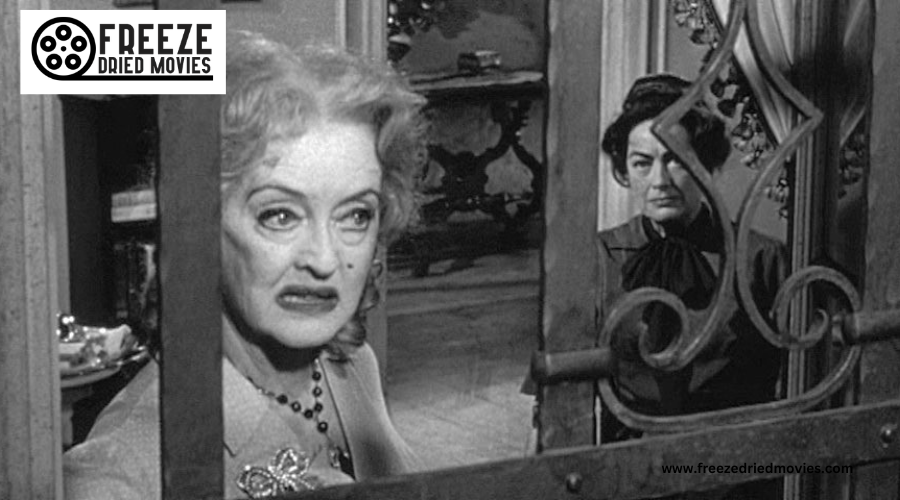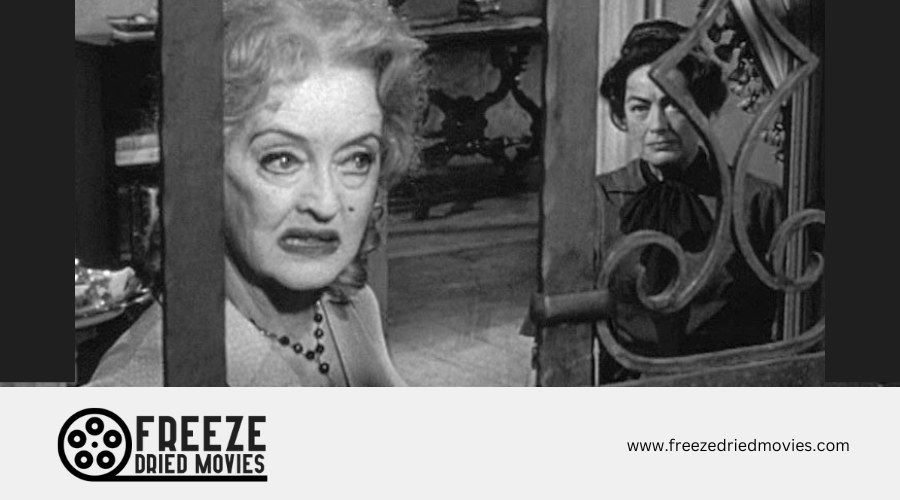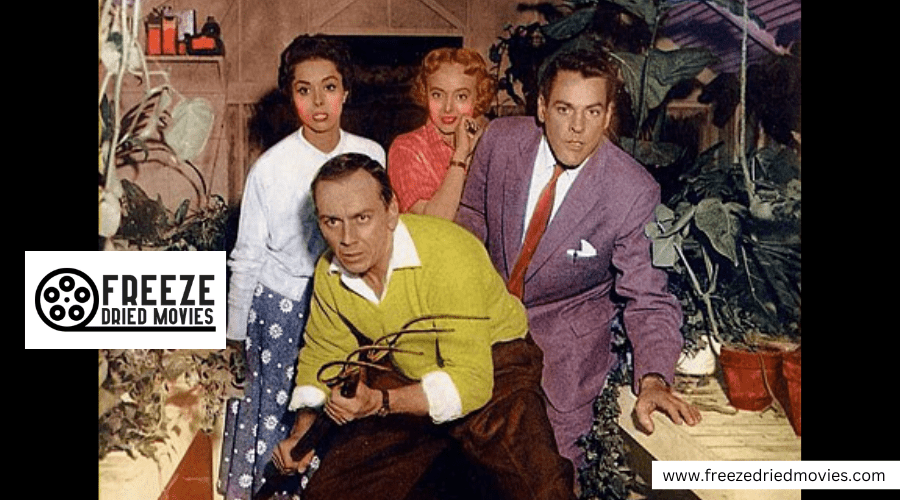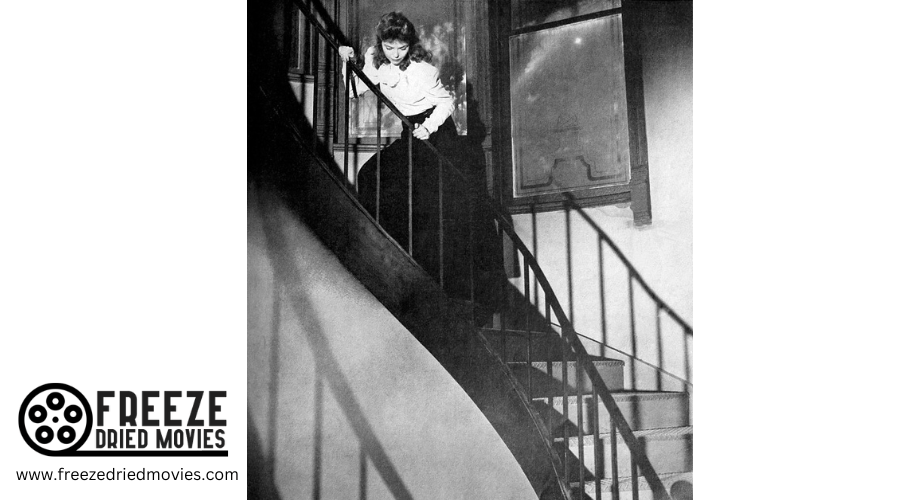From Shock to Schlock: The Range of Horror in the 1960s
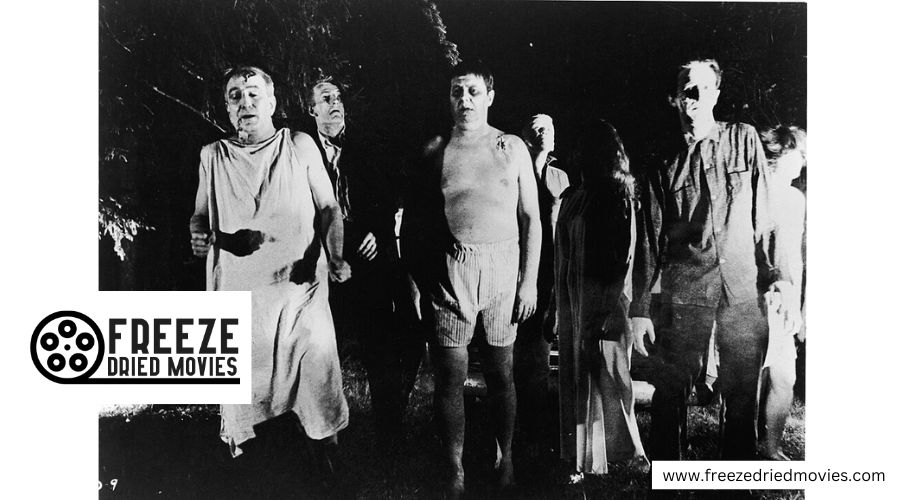
You'll uncover a radical transformation in 1960s horror cinema as it evolved from classic monster flicks to psychological thrillers that hit closer to home. Films like Rosemary's Baby and Night of the Living Dead revolutionized the genre by bringing terror into everyday settings and pushing boundaries with unparalleled gore. The decade's most significant shift came when filmmakers traded supernatural creatures for human monsters, proving that your friendly neighbor could be more frightening than any vampire. The dark turns ahead will change how you view horror forever.
The Rise of Psychological Terror: Rosemary's Baby and Its Impact
While horror films of the 1950s often relied on visible monsters and external threats, Rosemary's Baby (1968) revolutionized the genre by shifting focus to psychological terror. You'll notice how the film skillfully weaves supernatural elements into an ordinary urban setting, making you question whether the events are real or simply products of the protagonist's imagination.
Unlike its predecessors, Rosemary's Baby doesn't shock you with graphic scenes or monster reveals. Instead, it builds tension through suggestion and psychological manipulation, letting your mind fill in the blanks. This innovative approach transformed horror films, proving that everyday settings could be just as terrifying as gothic castles.
The film's success created a blueprint for future psychological horror, showing that subtle dread and realistic scenarios could generate more profound fear than traditional monster-based narratives. This groundbreaking approach paved the way for films like The Stepford Wives that explored deep societal anxieties through horror.

Breaking Convention: Night of the Living Dead's Gore Revolution
Night of the Living Dead revolutionized horror films by proving that gut-wrenching gore could serve as a powerful artistic tool rather than mere shock value. Breaking away from the polished production values of traditional monster movies, Romero demonstrated that a modest budget could still deliver devastating impact. His graphic portrayal of violence wasn't just gratuitous - it redefined what horror films could achieve.
The film's most haunting innovation lay in its destruction of sacred family bonds, particularly through Karen's murder of her parents. This departure from supernatural creatures to intimate, visceral horror modified audience expectations and influenced generations of filmmakers who followed. Like Night of the Living Dead's groundbreaking violence, Chucky's voodoo transformation would later push boundaries in body horror during the 1980s.
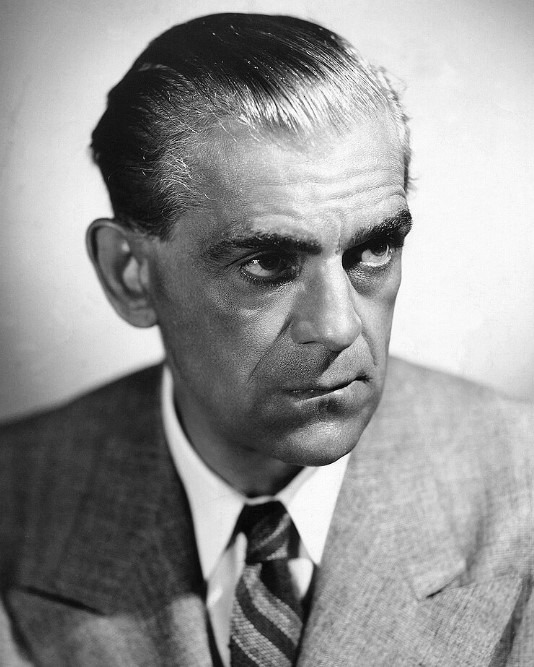
Boris Karloff's Last Stand: The Legacy of Targets
The 1968 film Targets marked a vital turning point in horror cinema, bridging the gap between classic monster movies and modern psychological thrillers. You'll find Roger Corman's clever production decision to cast Boris Karloff as a fading horror star perfectly embodied this change, as director Peter Bogdanovich crafted a narrative that literally split the old and new schools of terror.
Targets became a harbinger of horror films to come, replacing supernatural creatures with the chilling reality of human killers. The film's pioneering approach laid the foundation for future slasher films by suggesting that true terror doesn't lurk in gothic castles but in broad daylight on suburban streets. By contrasting Karloff's classical horror persona with a realistic murderer, Targets demonstrated how the genre would evolve from theatrical monsters to psychological fears rooted in everyday life. This shift away from the atmospheric gothic elements that dominated 1950s horror represented a dramatic departure from the earlier works of masters like Vincent Price and Roger Corman.
When Reality Becomes Horror: the Shift From Monsters to Murderers
During the turbulent 1960s, horror cinema underwent a seismic shift that would forever alter how audiences experienced fear on screen. You didn't need fangs or supernatural powers to terrify anymore - the person next door could be your worst nightmare. Horror movies like Night of the Living Dead and Targets ushered in an era where reality became scarier than fiction, introducing killers who looked just like everyone else.
- Your friendly neighbor could be plotting your demise
- The safety of your suburban home could be an illusion
- The line between sanity and madness might be thinner than you think
- Evil doesn't wear a monster's face anymore
This conversion reflected society's growing unease with the mundane, as films like Rosemary's Baby blurred the lines between paranoia and genuine threat, forever changing how we perceive horror.

The Birth of Modern Horror: 1968's Game-Changing Films
Modern horror cinema experienced its defining moment in 1968, when three pioneering films revolutionized how audiences confronted fear on screen. You'll find that each film brought something unique to the genre: Targets bridged the gap between old and new horror by contrasting classic monster movies with realistic threats, while Night of the Living Dead introduced unparalleled levels of gore that would influence generations of filmmakers.
Rosemary's Baby took a different approach, making the familiar feel threatening by gradually introducing supernatural elements into an otherwise normal setting.
These trailblazing films laid the foundation for future horror classics, including 1978's Halloween, which would establish the slasher subgenre. They proved that true horror didn't need to rely on fictional monsters - it could emerge from the world around you.
Low-Budget Nightmares: How Indies Transformed Horror
Independent filmmakers of the 1960s revolutionized horror by proving that spine-chilling terror didn't require big budgets or elaborate monster costumes. You'll notice how directors like Roger Corman and George Romero shifted away from supernatural creatures to investigate more grounded, realistic threats.
When Night of the Living Dead hit screens in 1968, it changed everything with its gritty approach and pioneering gore, inspiring countless horror films that followed.
- Your next-door neighbor could be a killer
- The darkness lurking in ordinary places
- The monster might be wearing a human face
- Evil doesn't need fangs or claws to terrify
These indie pioneers showed that true horror often comes from the mundane rather than the supernatural, turning everyday scenarios into nightmarish experiences that still influence filmmakers today.
Cultural Anxieties and On-Screen Terrors: The 1960s Connection
The raw terror emerging from 1960s horror films mirrored a society gripped by unparalleled fears and anxieties. You'll find the era's films breaking from Hollywood's polished conventions, trading happy endings for grim realities that reflected the nation's growing disillusionment.
As graphic Vietnam War footage invaded American living rooms, horror films evolved to match this new psychological setting. You're seeing filmmakers like George Romero and Tobe Hooper crafting stories that challenged the idealized family unit and brought monsters uncomfortably close to home. These weren't just entertainment - they're powerful statements against the dominant ideology that led to Vietnam.
When you watch these films today, you'll notice how they captured the era's unrest through their unflinching approach to violence and their willingness to confront society's darkest fears.
From Drive-Ins to Art Houses: Horror's Evolving Audience
During the 1960s, horror films plunged out of their B-movie confines to reach an increasingly diverse audience. You'd find teenagers huddled in their cars at drive-in theaters, seeking affordable thrills, while across town, sophisticated cinephiles gathered at art houses to analyze classic horror retrospectives. The genre's appeal bridged social and cultural divides, transforming horror from simple entertainment into a respected art form.
Feel the electric anticipation as car speakers crackle to life at midnight showings. Experience the intellectual discourse in smoke-filled art house lobbies. Witness the genre-defining moments that changed horror forever. Share the collective gasps as audiences uncover new fears together.
Films like Rosemary's Baby and Night of the Living Dead proved that horror could captivate both mainstream moviegoers and discerning critics, forever altering the genre's cultural standing.

